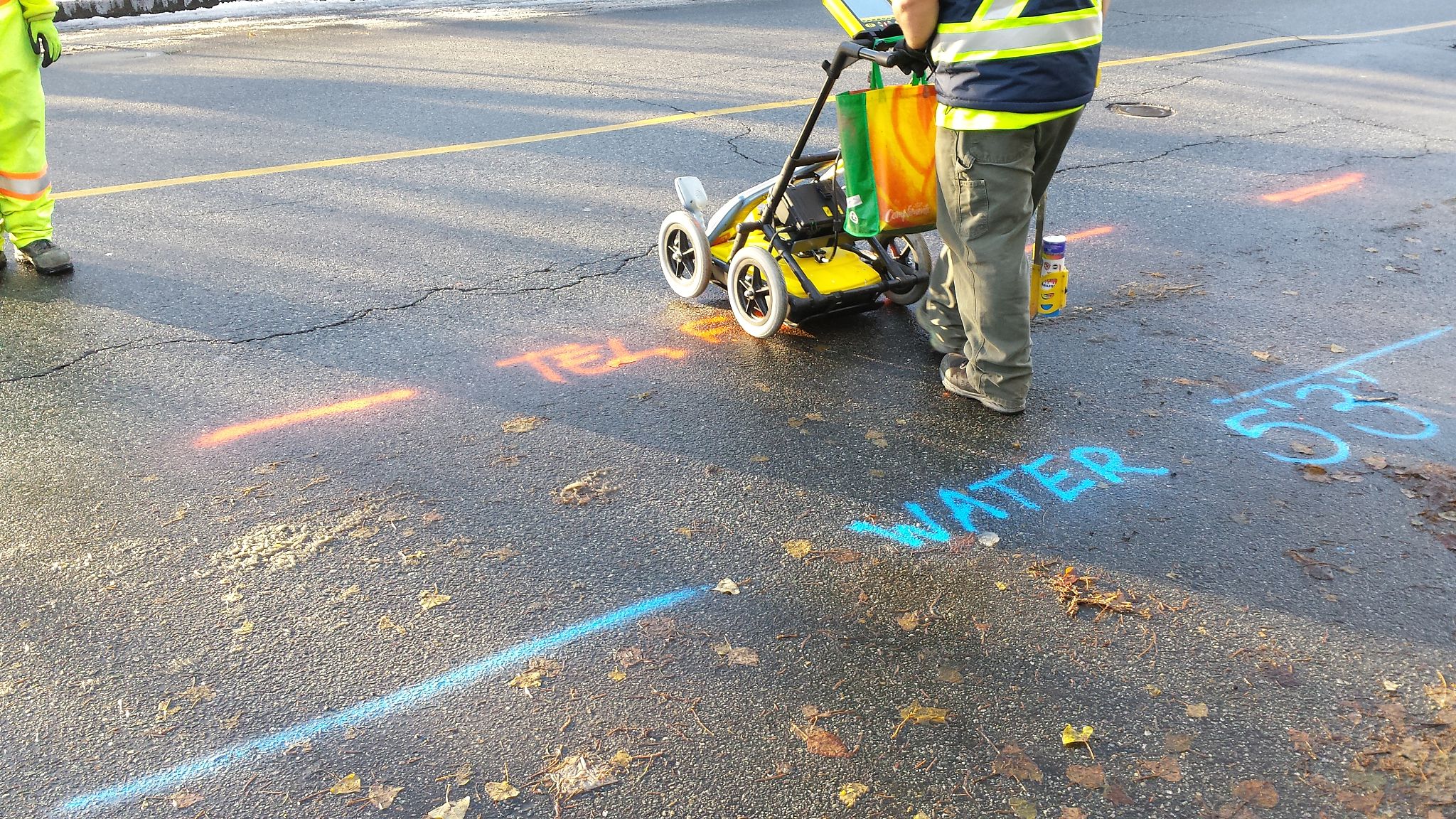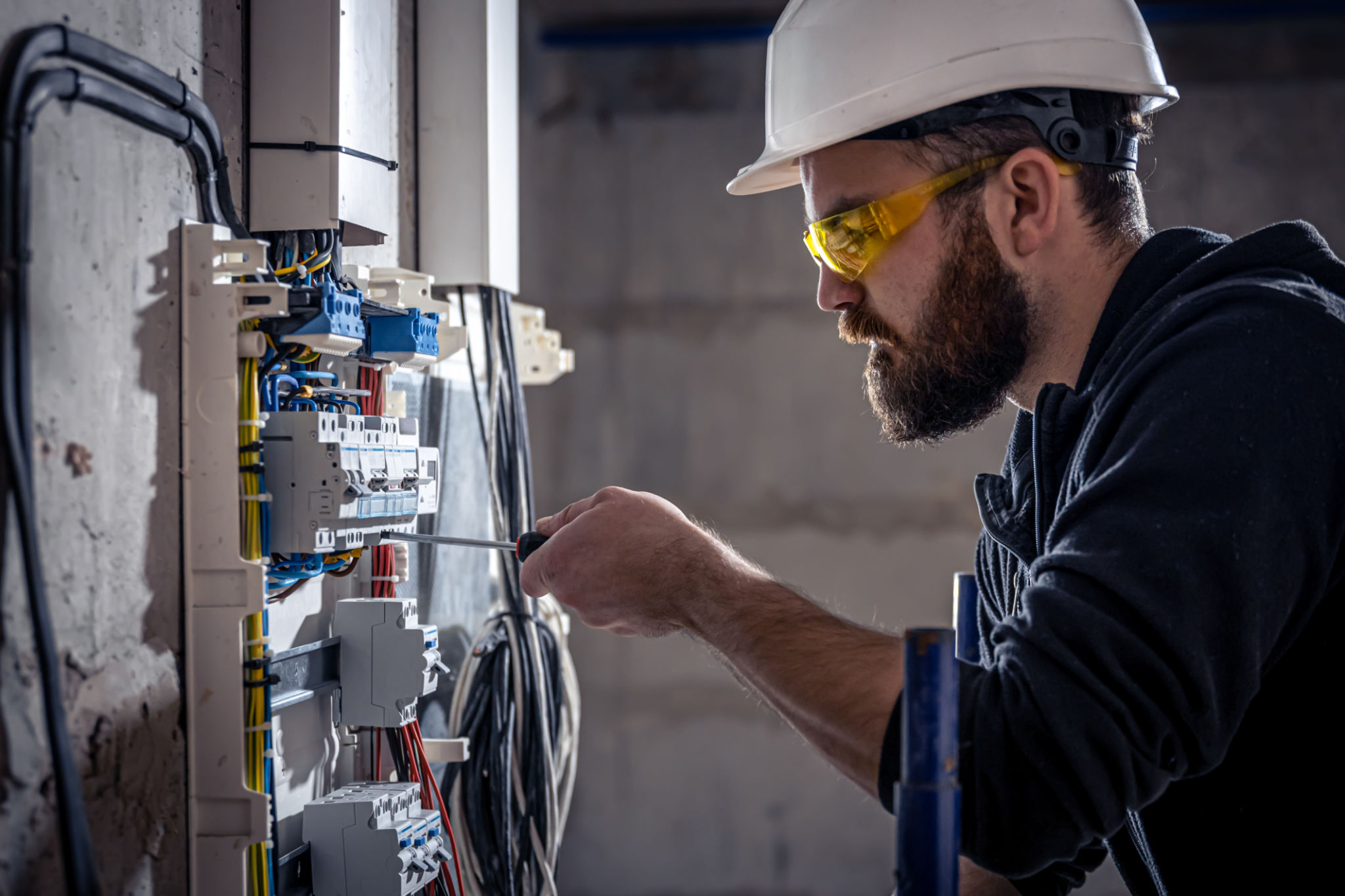GPR or EM Utility Locating: Choose the Best Fit
Understanding GPR and EM Utility Locating Services
When embarking on any construction or excavation project, knowing what's beneath the surface is crucial. It ensures the safety of workers, prevents costly damages, and maintains project timelines. Two primary techniques for subsurface utility locating are Ground Penetrating Radar (GPR) and Electromagnetic (EM) locating. But how do you determine which method is best for your project? Let's explore each technique to help you make an informed decision.

What is Ground Penetrating Radar (GPR)?
Ground Penetrating Radar (GPR) is a non-invasive method that uses radar pulses to create an image of the subsurface. This technology is highly effective in detecting both metallic and non-metallic objects, making it a versatile choice for various locating needs. GPR can identify utilities such as plastic pipes, concrete structures, and even voids or cavities beneath the surface.
One of the key benefits of GPR is its ability to provide detailed images of underground features. This level of detail can be particularly useful for projects that require precise mapping, such as archaeological digs, environmental studies, or complex urban developments.
Benefits of Electromagnetic (EM) Locating
Electromagnetic (EM) locating, on the other hand, is a method that relies on electromagnetic frequencies to detect utilities. It is especially effective for locating metallic objects, such as pipes and cables. This method involves inducing a signal onto a utility line, which is then detected by a receiver on the surface.
EM locating is known for its speed and accuracy when identifying metallic utilities. It is a popular choice for projects where time constraints are a factor and where the primary concern is identifying metallic infrastructure. However, it may not be as effective for non-metallic objects compared to GPR.

Factors to Consider When Choosing Between GPR and EM
When deciding between GPR and EM locating services, it's essential to consider several factors:
- Type of Utilities: If your project involves non-metallic utilities, GPR might be more suitable.
- Project Complexity: For projects requiring detailed mapping, GPR offers more comprehensive data.
- Time Constraints: EM locating can be quicker, especially when only metallic utilities need identification.
- Soil Conditions: Certain soil types may affect the effectiveness of GPR or EM.
The Importance of Professional Expertise
Both GPR and EM locating require specialized equipment and expertise. Hiring a professional service ensures accurate results and helps mitigate risks associated with underground utility work. Experienced technicians can analyze data effectively and provide precise locations of utilities, regardless of the chosen method.

In conclusion, choosing between GPR and EM utility locating services depends on your project's specific needs. By understanding the capabilities of each method and considering your project's requirements, you can ensure a safe and efficient excavation process. When in doubt, consult with a professional utility locating service to guide you in making the best decision for your project.
